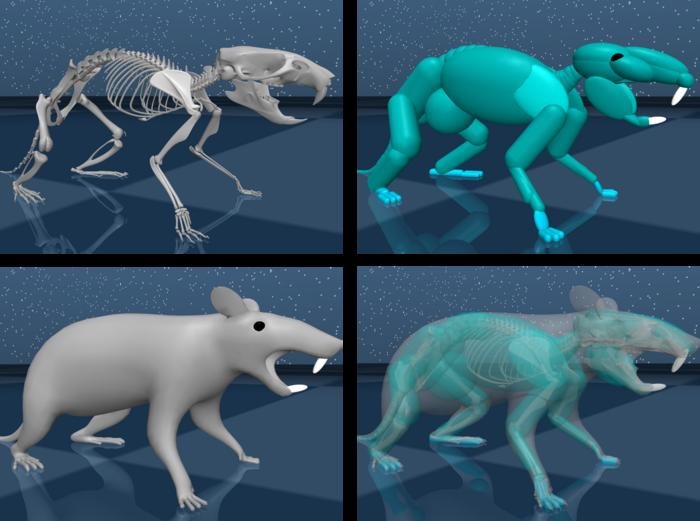Google DeepMind's AI Rat Brains Could Make Robots Scurry Like the Real Thing

🌈 Abstract
The article discusses the efforts to make robots more agile by controlling them with algorithms distilled from biological brains. It describes a collaboration between Google DeepMind and Harvard University to build a realistic virtual rat to study the neural circuits that control complex movement.
🙋 Q&A
[01] Rats vs. Robots
1. What are the key differences between rats and robots in terms of movement and agility?
- Rats are incredibly nimble and can easily navigate complex environments, while robots remain stiff and clumsy, especially when navigating new surroundings.
2. What is the motivation for trying to control robots with algorithms distilled from biological brains?
- The goal is to make robots more agile by replicating the physical world experience and movement capabilities of biological brains.
[02] Challenges in Understanding Brain Circuits
1. What is the main obstacle in understanding how brain circuits control and coordinate movement?
- Despite decades of research, neuroscientists have not yet pinpointed how brain circuits control and coordinate movement. Most studies have only correlated neural activity with measurable motor responses, but have not identified the neural circuits that cause those movements in the first place.
2. How does the "what I cannot create, I do not understand" principle apply to this challenge?
- The researchers aim to recreate the neural circuits that control movement in digital form, as a way to better understand how the brain controls complex movement.
[03] Building a Virtual Rat
1. What were the key steps in building the realistic virtual rat?
- The team:
- Placed multiple rats in a six-camera arena to capture their movement
- Recorded 607 hours of video and neural activity from the rats' brains
- Used this data to train an artificial neural network to control the virtual rat's body movement
- Tracked 23 joints in the videos and transferred them to a simulation of the rats' skeletal movements
2. How did the virtual rat's "brain" work, and how did it compare to real rats?
- The core of the virtual rat's brain is an inverse dynamics model that predicts the next movements needed to achieve a goal.
- The virtual rat could generalize motor skills to unfamiliar places and scenarios, and its neural signals in key brain regions matched those of real rats performing the same behaviors.
[04] Insights from the Virtual Rat
1. What key insights did the virtual rat provide about the brain's control of movement?
- The virtual rat helped identify two brain regions that are especially important for guiding complex, adaptable movement.
- By tweaking the "neural connections" in the virtual rat, the researchers could study how changes in brain networks alter the final behavior.
2. How does the virtual rat bridge AI and neuroscience?
- The AI models in the virtual rat recreate the physicality and neural signals of living creatures, making them invaluable for probing brain functions.
- The virtual rat adds a physicality to AI, helping translate intelligent thinking into physical action in complex environments.
[05] Future Directions
1. What are the next steps for the research team?
- The team plans to test the virtual rat with more complex tasks, alongside its biological counterparts, to further understand how real brains generate complex behavior.
2. How could a similar strategy be applied to other areas of brain function?
- The researchers suggest a similar strategy could provide more insight into the computations underlying vision, sensation, or even higher cognitive functions like reasoning.